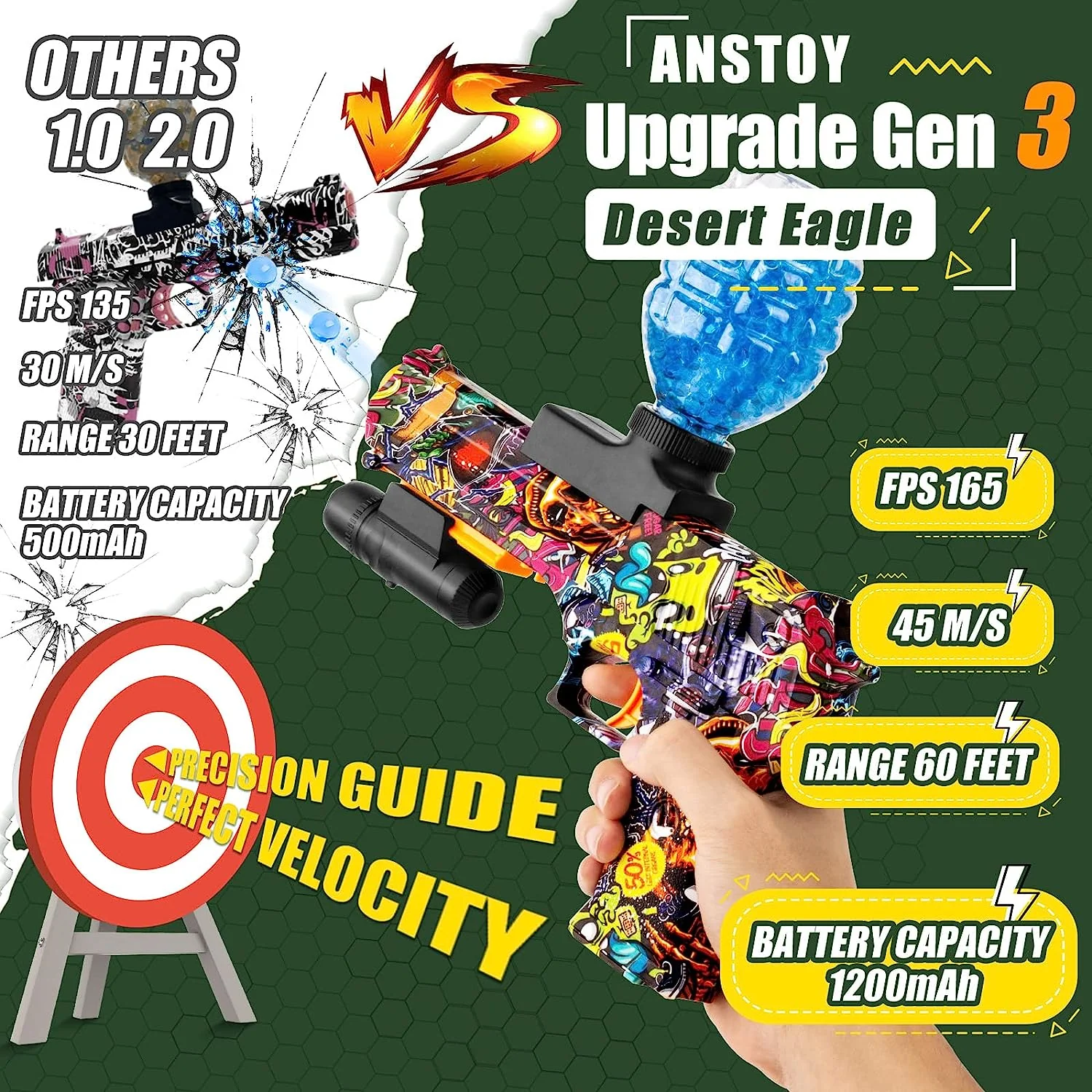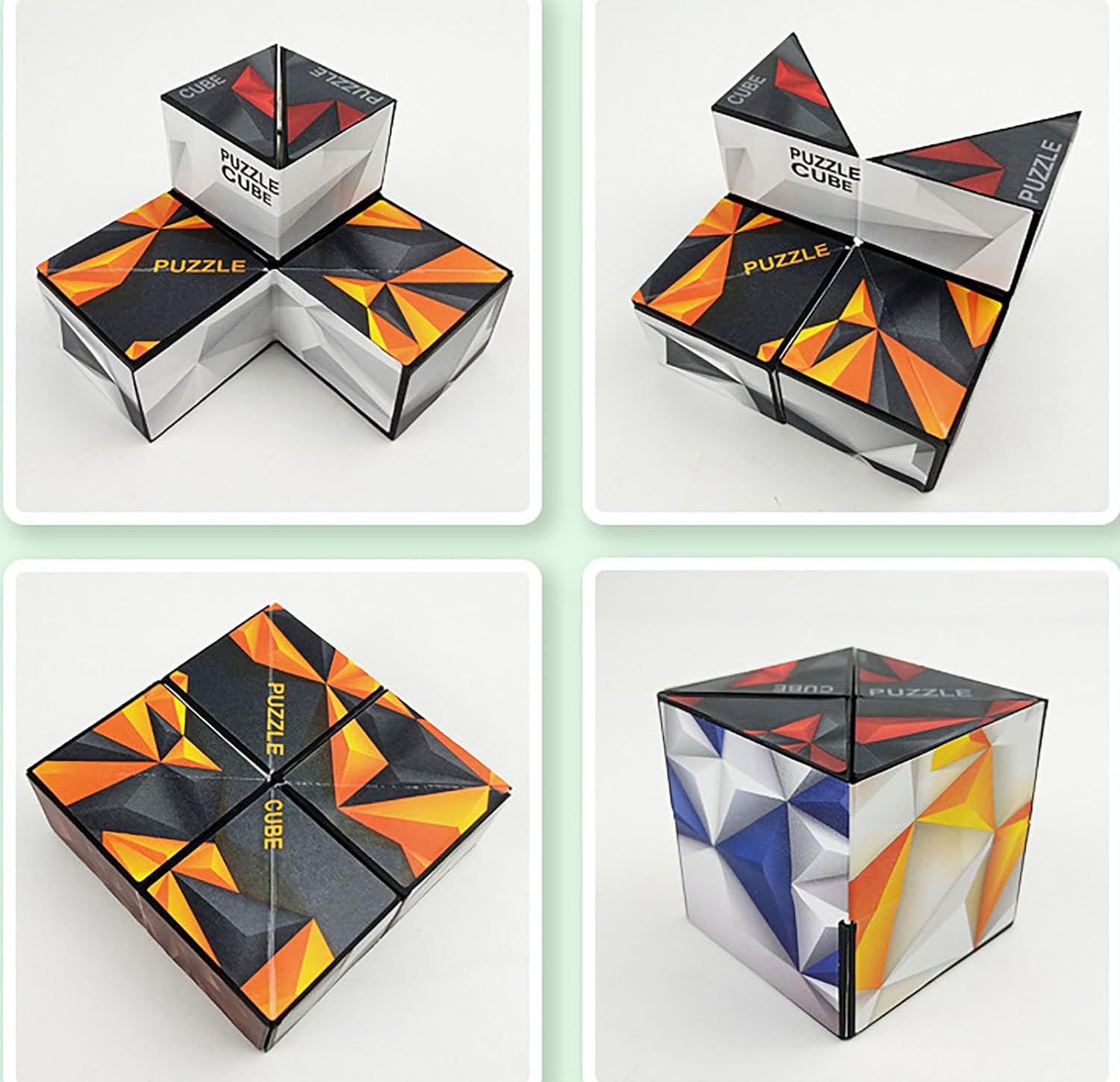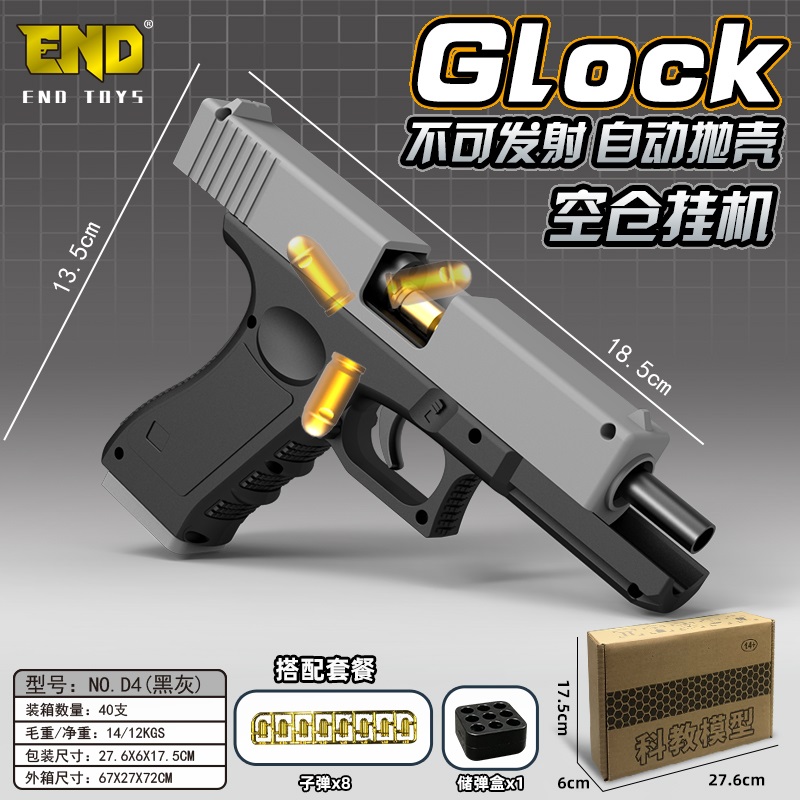“Mastering the Puzzle Cube: Tips and Tricks”
- Efficient Delivery Ensuring orders placed are delivered within 3 to 4 days from the date of purchase.
- Quality Assurance Prioritizing product quality through rigorous inspection and testing procedures.
- Flexible Return Policy Offer a hassle-free return policy within 3 days of receiving the product. We Provide free returns only for products delivered in the wrong condition or damaged
- Accurate Packaging Ensure products are securely packaged to prevent damage during transit.
- Day and night customer service
Description
Understanding the Basics of the Puzzle Cube
The puzzle cube, universally recognized as the Rubik’s Cube, has intrigued enthusiasts since its invention by Ernő Rubik in 1974. Initially conceived as a teaching aid to help explain three-dimensional geometry, the cube quickly transcended its academic roots, evolving into a global phenomenon. Its rise to prominence was swift, with millions of units sold worldwide following its commercial release in 1980.
At its core, the Rubik’s Cube is a three-dimensional combination puzzle that consists of 26 smaller cubes, commonly referred to as ‘cubies.’ These cubies rotate around a central axis, enabling the cube to change its configuration. The standard Rubik’s Cube is composed of six faces, each initially covered by nine squares of a single color. The primary objective of the puzzle is to align all six faces so that each one displays a uniform color, a task that requires both strategic thinking and spatial awareness.
The structure of the cube is characterized by its distinct elements: edges, corners, and centers. The center pieces, which do not move relative to each other, define the color of each face. Edge pieces, which have two colored stickers, and corner pieces, with three colored stickers, are the movable parts that need to be correctly positioned and oriented to solve the puzzle. Understanding these components is crucial for comprehending the cube’s mechanics and devising effective solving strategies.
To facilitate communication within the cubing community, a standardized notation system has been developed. This system assigns specific letters to each face of the cube: U (Up), D (Down), L (Left), R (Right), F (Front), and B (Back). Moves are denoted by these letters, with a single letter indicating a 90-degree clockwise rotation of the corresponding face, while an apostrophe (‘) signifies a 90-degree counterclockwise turn, and the numeral 2 indicates a 180-degree twist.
By grasping these fundamental concepts—the cube’s history, structure, and notation—solvers gain a solid foundation that is indispensable for mastering more advanced techniques. This foundational knowledge paves the way for a deeper exploration into the intricacies of solving the Rubik’s Cube, setting the stage for the advanced strategies discussed in the subsequent sections.
Advanced Strategies and Techniques for Solving the Puzzle Cube
Mastering the puzzle cube requires more than just understanding its basic mechanics. To efficiently solve the puzzle cube, many enthusiasts turn to advanced solving methods. Among the most popular techniques is the CFOP method, which stands for Cross, F2L (First Two Layers), OLL (Orientation of the Last Layer), and PLL (Permutation of the Last Layer). This method is widely favored by speedcubers for its balance of simplicity and speed.
The CFOP method begins with creating a cross on the first layer. This step involves aligning the edge pieces with the center pieces of the same color, forming a cross. Once the cross is completed, the next step is solving the first two layers simultaneously (F2L). This involves pairing up the edge and corner pieces of the first two layers and positioning them correctly. This step can be challenging, but with practice, one can learn to recognize patterns and execute the necessary moves more efficiently.
After completing the F2L, the focus shifts to orienting the last layer (OLL). The goal here is to make the top face of the cube a single color, regardless of the positions of the other pieces. This step typically involves learning and applying a series of algorithms to achieve the desired orientation. Finally, the last step in the CFOP method is permuting the last layer (PLL). This step ensures that all pieces are in their correct positions, completing the solve. Similar to OLL, PLL requires familiarity with specific algorithms to execute efficiently.
In addition to CFOP, alternative methods like the Roux and ZZ methods offer different approaches. The Roux method focuses on solving two opposite corners and edges first, followed by the remaining pieces, and the ZZ method starts with orienting all edges before solving the F2L using fewer rotations.
To enhance speed and efficiency, mastering finger tricks is crucial. Finger tricks involve using minimal hand movements to execute algorithms, reducing solve time significantly. Common challenges like parity errors, particularly in larger cubes, can be daunting. These errors occur when certain pieces are swapped, but practice and familiarity with specific algorithms can help resolve them.
Lastly, consistent practice and utilizing resources such as online tutorials and community forums can greatly improve one’s solving skills. Engaging with the cubing community allows solvers to learn new techniques, share tips, and stay motivated on their journey to mastering the puzzle cube.

















Reviews
There are no reviews yet.